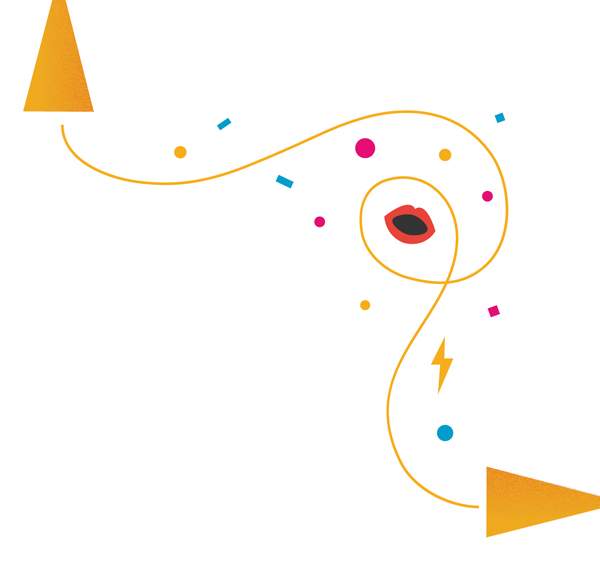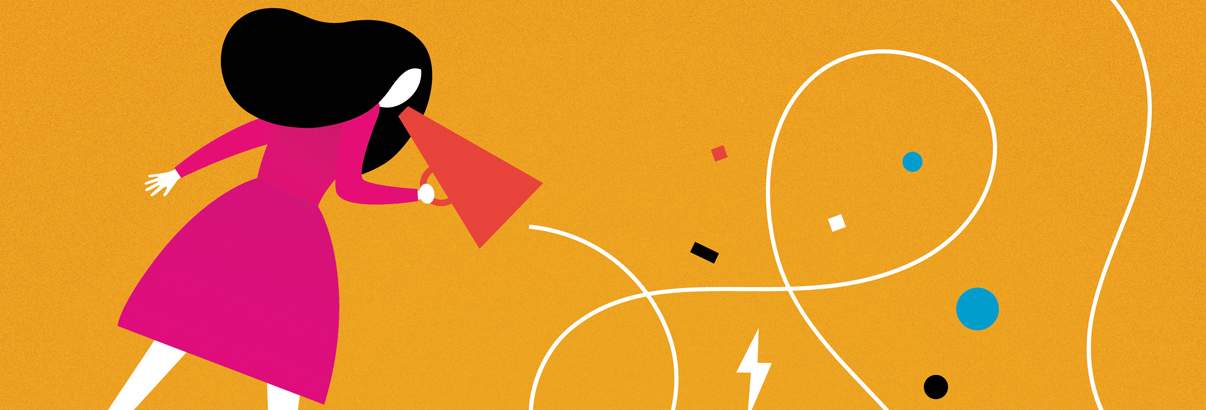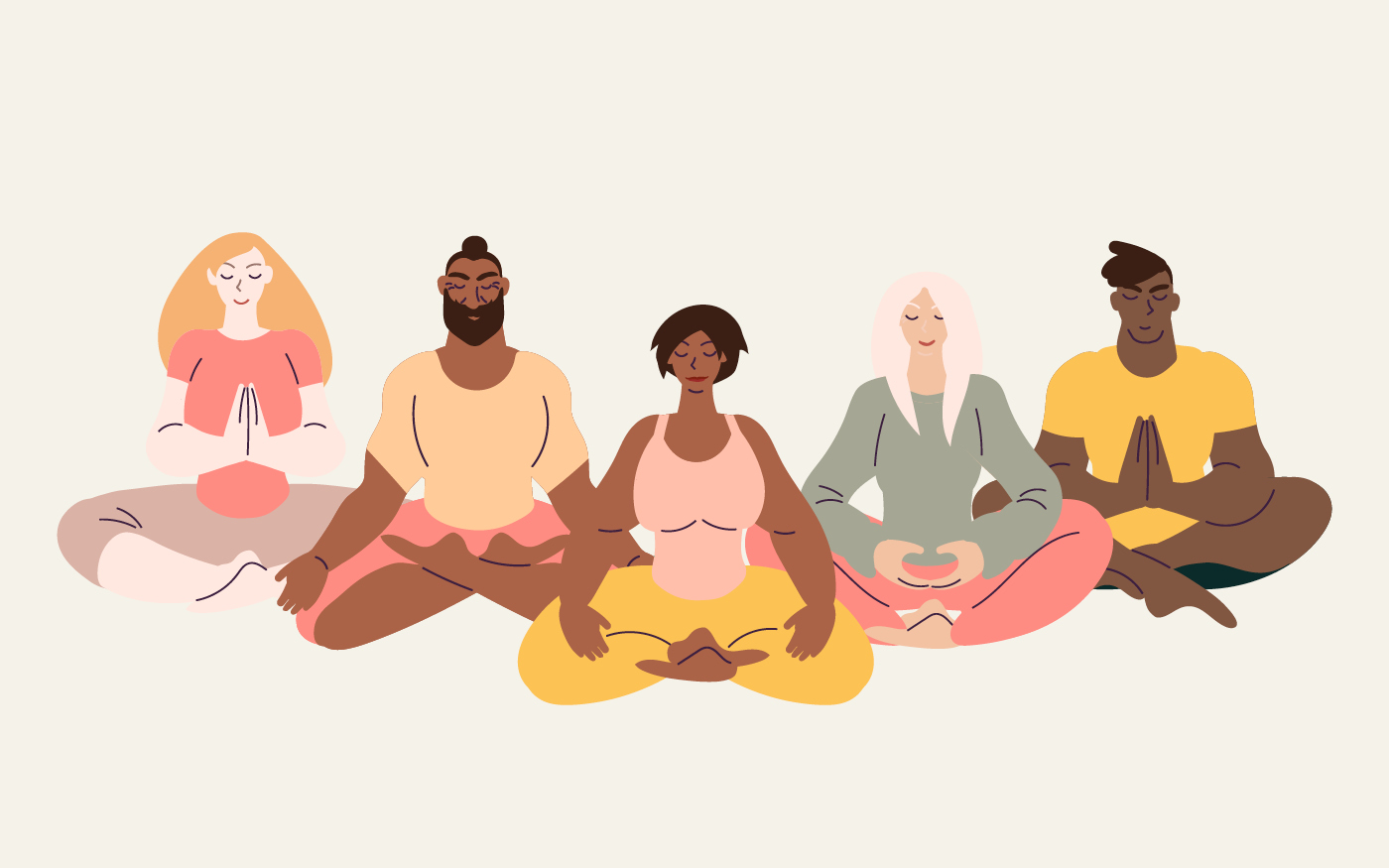“Let’s play Ramona.” Those three words from my six-year-old inspire a deep internal cringe (that I attempt to be mindful of). “Ramona” is my daughter’s invented doll game, based on the beloved classic book Beezus and Ramona by Beverly Cleary. Beezus is the “good” sister—the dutiful, polite, compliant daughter, while Ramona is the “bad” little sister who locks a dog in the bathroom, scribbles in library books, and cooks her doll in the oven.
Mira, my daughter, has worked out the game so that she is Beezus and I have to act out Ramona’s voice, but, did I mention? Ramona is a mermaid doll with pink hair. Ramona threatens to do terrible things like spray paint on the wall, hit people really hard, and pee on the rug. Beezus/Mira responds with horror and admonitions at Ramona’s plans, and always manages to thwart the evil intentions. “Ha-ha Ramona, you can’t pee on the carpet because I sprinkled magic fairy dust on it!” “Rats,” says Ramona.
My mostly agreeable daughter is clearly enjoying acting out her shadow side, or at least watching it acted out by me. For this reason I am willing to play this game, despite the fact that I basically hate it.
In order for me to play this game day in and day out, I rely on my best relational mindfulness skills. I offer my daughter (and the dolls) a deep presence. When I get frustrated or bored, which is most of the time, I work with my emotions. When I space out, I bring myself into the present moment. I attempt to show up with authenticity and love.
Whether or not you have a child, all of us are relating, constantly. Whether it is to our partner, colleagues, friends, neighbors, or the person at the post office, being with another human being is an incredible opportunity to practice mindfulness, and we get to do it all day long.
At the Mindful Awareness Research Center, we call practices that involve taking mindfulness “off the cushion” (although many of us sit in chairs) and out into the world of speaking, listening, and interacting, “relational mindfulness.” Often mindfulness students say they don’t have time to practice mindfulness in the midst of their busy lives, but if they were to bring mindfulness into the countless verbal interactions they have throughout the day, they could be practicing mindfulness 24/7.
No one has to know what you are doing. It’s a form of “stealth” mindfulness—you can practice all day long and no one will know.
In a culture that is now deifying disconnection, where people live in a state of overwhelm, where virtual presence is considered just as valuable as actual presence, where two-year-olds are adept at iPhones, where at any restaurant on any given day you will see an entire family ignoring each other while pecking at their devices, relational mindfulness can be a radical act, both personally and culturally.
When my colleague Dr. Marvin Belzer and I first started teaching these practices, it was with teenagers and college students. In one of Marv’s early meditation classes at the college-level, he found that many of his students connected with a basic meditation practice, but some just didn’t click with it. Perhaps they were bored or restless, or felt too anxious to sit still. However, once he began to introduce relational practices, including speaking and listening in dyads and triads, small groups, and larger group practices, he found these hard-to-reach students were suddenly “getting” mindfulness. Students found they could concentrate on the present easily while listening to their peers. They relaxed into a natural state of presence, without a lot of effort. And it began to have rippling effects in their lives. While Marv continued to emphasize the importance of consistent silent meditation practice, especially as a support to these relational practices, he knew by the students’ responses that he was on to something.
Of course he was not the only one experimenting with such practices. We know many other teachers, colleagues, and friends who have pioneered these types of practices, and over the years we have been influenced by different approaches ranging from within the mindfulness community and the therapy world, to workshops on intimacy.
When a person gives their full presence to another, without jumping in or trying to fix or change the other’s experience, remarkable things can happen.
What we have discovered is relational mindfulness practices allow for a two-fold process. A natural, effortless mindfulness can arise and be sustained through these practices, coupled with a deep exploration of our inner life, all facilitated through the presence of a compassionate witness/listener. When a person gives their full presence to another, without jumping in or trying to fix or change the other’s experience, remarkable things can happen. And through the quality of attention given to another, intimacy is cultivated. People feel seen, understood, even in a significantly short time. Sometimes we practice these dyad exercises for only a minute and a half and yet people report intimacy, connection, and depth. So how do we practice it?
How to Practice Relationship Building:
1) Learn to Listen
Here’s what I notice about listening these days. Most of us are not so good at it. What do we typically do when we’re listening? Let’s put aside the increasing incidence of people on their smartphones Instagramming or texting when you’re trying to tell them something important. Everyone does other (sometimes) subtler and equally annoying things: We cut people off; we jump in and try to “fix” people. We turn the conversation toward us since even though what they are telling us is important; when the same thing happened to me last Thursday it was kind of amazing and just wait till you hear how I handled it! We’re reactive and lost in our reactions instead of truly listening. Or we appear to be listening but our mind isn’t truly on it: Now was that dress white and gold or blue and black?… oh, what were you saying?
Yet we’ve all had the experience of being listened to by a good listener. There is a palpable result: we feel heard and understood and truly seen. That person may know nothing about mindfulness, but they are a mindful listener.
How to Practice Mindful Listening:
1) Give the speaker your full attention. This is easier said than done, but simply requires an intention to do so and a bit of persistence. We can offer our presence in a relaxed way, just being there for another. Mindfully focus on the person. Let them be your main object of awareness.
2) Use your body to help you stay present. Our body is an incredible doorway into the present moment. Our mind can be anywhere: past, future, lost, reactive, spaced out, daydreaming, ruminating, angry, anxious…but our bodies are always in the present moment. If we can remember to bring our minds into our bodies—just feel a body sensation or two—while we are listening, we have immediate access to the present moment.
3) When your attention wanders away (and it will) simply return it to the present moment, which means listening to them. This guideline is analogous to how we practice our sitting meditation: We focus on our breathing or whatever is our main object, and when our mind wanders—and it always wanders—we gently, but firmly, return our attention to our breath. This aspect of the technique should be familiar to anyone who practices mindfulness meditation.
The guidelines above may be basic, but people have to practice them to discover what will work best for each individual. Some people take a mindful breath from time to time. Some people occasionally notice their feet touching the ground, or their hands on their lap, or their back against the chair. Any physical sensation that can be easily noticed and returned to will work. For some people it might be a continuous awareness, however, for most people it serves as an intermittent reminder to instantaneously come back to the present.
When I’m playing Ramona, I use my body to help me focus. I keep my attention on my daughter, and when I notice feelings of boredom arising, I note them—“there’s boredom”—then return to my center while voicing Ramona’s latest escapade.

1) Speak Skillfully
Perhaps it’s an understatement to say we live in a world that is in short supply of mindful speech, so we don’t really have clear models to go on. I define mindful speech as speaking authentically from our heart. Usually we just open our mouths and let whatever comes out come out. One friend used to call this “small mouth noises.” Often we speak when we want to fill the space, when we’re uncomfortable, when we don’t know what else to do. With mindful speaking, however, words are spoken with a bit more care and intentionality.
We can then, from time to time, verbalize what it is we are mindful of. And this recognition can help increase the capacity to be more mindful. So for instance, if I’m having a conversation with someone and it’s making me frustrated, I could verbalize, “Wow, I notice frustration arising in me as we’re talking.” This is not said in a blaming way: “You’re pissing me off!” It’s about making conscious what’s happening internally and then expressing it to further the connection.
This takes time and practice to do skillfully, so I don’t recommend jumping into it. Just begin to cultivate the inner awareness when you’re talking, and from time to time make some aspect of that awareness verbally explicit. It doesn’t have to be that elaborate: “As we talk about this I notice my cheeks are getting flushed.” “Wow, I’m aware of how tired I am in this moment.” The verbalization both fleshes out the mindfulness and also allows the act of speaking to help you learn more about yourself and what’s happening in the present moment. It keeps an internal awareness alive.
In my case, I might say to my daughter, “Hmm, I notice my tummy hurts when I think about playing Ramona, I think I’m a little frustrated because we’ve played it a lot today. But I do want to play with you so I’ll take a deep breath. Let’s just play for 10 minutes.”
Guidelines for Mindful Speaking
1) Speak authentically from our heart. Can we learn to speak in a way that we feel connected to our inner selves, so that we are expressing what’s true? Now certainly this needs to be well-timed—we’re probably not going to bare our soul to the barista making our coffee. But we can, in appropriate moments, purposefully speak with more intentionality and connection to ourselves.
2) As with mindful listening, we can always return to our bodies to come back to the present moment. When our speech gets disconnected, rambling, unhelpful, lost, we can take a mindful breath, or notice our bodies standing or sitting (or whatever it’s doing). This can return us to the present moment and potentially reinvigorate our connection to mindful speech.
3) We can always use speech itself to help us be more mindful. Again, this is time-sensitive and not always appropriate in every situation, and it’s somewhat dependent on the second guideline. If we are tuned in to our body, even a little bit, we can be aware of our inner life as we speak. We can notice our thoughts and emotions and wisely discern when to speak and when not to speak.
How Mindful Speaking and Listening Work in Real Life:
So how would mindful speaking and listening work in real time? As I said earlier, it’s not necessarily appropriate for every situation. Sometimes curt, business-like, somewhat disconnected speech or quick distracted listening is all you can muster, or you simply don’t have the time. That’s fine. Just practice when the conditions feel right to you.
But if you decide you want to practice it, you have endless opportunities throughout the day. Never again will you have the excuse that you have no time to practice mindfulness.
First, it’s important to get to know how these principles can operate for you in real life. Not everyone is going to use every guideline, and it’s likely you’ll adapt them creatively so they really work for you. So you may find listening is a lot easier and you have more energy for that, and you may simply want to offer your presence while staying connected to your feet. Or set an intention to speak authentically, keeping awareness of your inner experience in a particular situation.
No one has to know what you are doing. I repeat: No one has to know what you are doing. It’s a form of “stealth” mindfulness—you can practice all day long and no one will know.
Here’s what it might look like:
- Come home after work and truly listen to your partner vent, without judgment, interruptions, or taking it personally.
- Stay present during a meeting and practice deep listening even when you don’t feel like it.
- When someone asks you how you are, rather than reflexively saying “fine,” or “busy,” check in with yourself, and notice what’s really happening in the moment.
- Get off your phone and fully engage with the check-out person at the grocery store.
The possibilities are endless.
Practice: Connecting in Conversation

Find a willing partner. One person will speak first and the other will listen—start by deciding who. In this exercise, the first speaker will speak for 90 seconds on the topic below. The listener can nod and smile and show that he/ she is interested, but not interrupt. After 90 seconds, ring a bell and take a silent pause to feel the impact of listening or speaking in that way. Then reverse roles and let the other person speak for 90 seconds. Ring a bell, take a pause, and then reconnect for a few minutes (with no rules!) to share what it was like doing the exercise and to follow up on anything you want to ask or say based on what your partner shared.
Use the following topic: “What brings me joy?” (or come up with your own!)
Listener
- Give your full attention to the other person.
- Become aware of your body (breath, feet, hands, etc.) from time to time to help stay present.
- When your attention wanders, bring it back to being present with the person.
Speaker
- Speak authentically about what is true for you.
- Become aware of your body (breath, feet, hands, etc.) from time to time to help stay present.
- Occasionally verbalize what you are aware of as you are talking.
Although people won’t know, they will feel the impact. Time after time students return to our classes sharing how they were present for what felt like the first time with a family member and how the family member remarked on it.
As you practice, the guidelines may feel initially clunky, but over time, as you make them your own, they will come to feel entirely normal; they will start to be second nature and you will have embodied them. It takes a little time getting through the experimenting phase, then practicing regularly, but over time speaking and listening that way will be just “who you are.”
I am well aware that the most important thing in my relationship with my daughter is how I am, not what I say or do—although obviously these things are important. If I can stay present, open, and connected, even in the midst of playing Ramona, I can probably do it anywhere.





